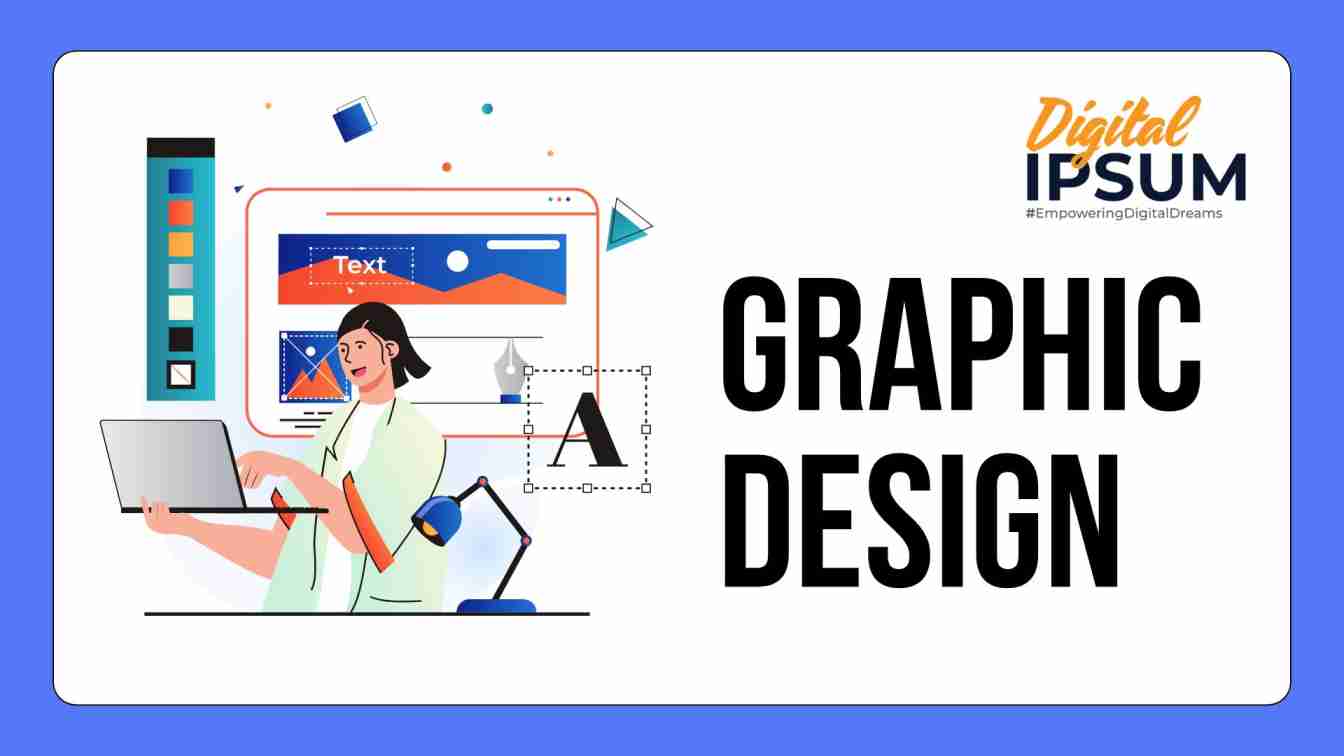


Text hierarchy in graphic design helps make content easy to read, grabs attention, and guides the viewer’s eye naturally.
Ever scrolled through a website or social media post and immediately knew what to read first? That’s the magic of text hierarchy in graphic design. It’s what makes content easy to digest, guides your eyes effortlessly, and ensures the most important information doesn’t get lost in the noise.
Whether you’re designing a website, a flyer, or an Instagram post, text hierarchy helps structure your message so it’s clear, engaging, and visually appealing. Let’s dive into why this matters and how you can use it to level up your designs.
Text hierarchy is simply the way we organize text to show importance. It’s why headlines stand out, subheadings offer supporting details, and body text gives the full story. Without it, everything would look the same, making it hard for people to know where to focus.
Think of it like a conversation. When you’re excited about something, you might raise your voice or emphasize certain words. In design, we do the same using font size, weight, color, and spacing to highlight key points.
Bigger text naturally draws attention, so headlines should be the largest, followed by subheadings, and then body text. Using bold or heavy fonts can also make important words pop.
For example, imagine an ad for a sale. A giant “50% OFF” instantly grabs your attention, while smaller text below provides the details.
Fonts have personalities. A sleek sans-serif font gives a modern, clean feel, while a serif font adds a touch of tradition and elegance. Mixing fonts (sparingly) can create contrast and enhance readability.
A good rule of thumb? Stick to two or three fonts in a design—too many can look messy.
Color isn’t just for decoration—it’s a powerful way to guide the reader’s eye. High contrast between text and background (like black text on white) improves readability, while colors can be used to emphasize key points.
Ever noticed how CTA (call-to-action) buttons often have bold, eye-catching colors? That’s text hierarchy at work!
Ever seen a block of text that looks overwhelming? Proper spacing between letters, words, and lines makes reading easier. White space (a.k.a. negative space) gives your text room to breathe and keeps your design from looking cluttered.
Alignment also plays a role. Left-aligned text is easiest to read for most people, while centered or justified text can be used for specific design styles.
Where you place text on a page affects how people read it. Most readers scan from top to bottom and left to right, so put your most important message where it’ll be seen first.
For example, in a poster design, the event title should be at the top in a bold font, followed by the date and details in a smaller size.
A clear text hierarchy makes content easy to skim. People don’t have time to read everything, so they scan for key points. Make it easy for them!
Keeping a consistent text style across your website, social media, and marketing materials helps build a strong, recognizable brand.
Good design leads the viewer naturally from one point to the next. Whether it’s a website, ad, or infographic, hierarchy ensures the right message gets across.
A well-organized design simply looks better. Messy, unstructured text can make even great content hard to read and unappealing.
Mastering text hierarchy is a game-changer in graphic design. It’s not just about making things look good—it’s about making sure your message is clear, engaging, and easy to understand.
So next time you’re designing something, think about what you want people to see first and use size, font, color, and spacing to guide them. A little attention to hierarchy can turn a basic design into something truly eye-catching!
